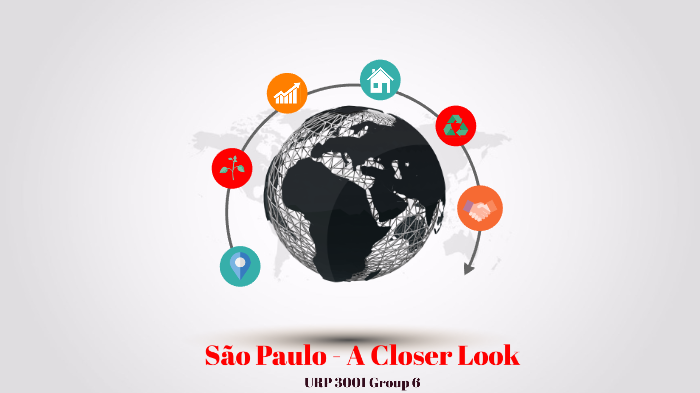
The same data has been translated by the Urban Age to capture how these numbers impact cities on the ground. But the bulk of urban growth will be experienced in Sub-Saharan Africa, India and China and other Asian cities like Dhaka and Manila, while Tokyo will experience relatively modest growth over the same period. Latin America, the west coast of the USA, Japan and some Asian cities grew substantially in the years leading to 1990. Most large cities of Europe and parts of North America hit their current size by 1950. By highlighting three periods of past and future growth (based on UN predictions), the uneven distribution of urbanisation becomes clear to see. It charts the population size of a selection of world cities with more than a million people from 1950 to 2025. The stark differences in patterns of urban growth across the globe are graphically illustrated in the map above. Source: World Urbanisation Prospects/LSE Cities Africa stands at around 40% and Asia at 48% – and both regions are set to experience exponential growth in the coming decades, a combined effect of increased birth rate and migration. Europe, South and North America are the most urbanised of the five continents – with 73%, 83% and 82% of people respectively living in cities, towns and other urban settlements. The result of this process of growth and change is an uneven distribution of urbanisation across the globe. For example, the South Guangdong metropolitan area (which includes Shenzhen, Guangzhou and Dongguan) saw its 5.5 million inhabitants in 1990 increase six-fold to reach almost 32 million in just two decades. But from the 1990s onwards – with the impact of globalisation and opening up of the Chinese economy – cities continued to grow rapidly in south and south-east Asia, with China experiencing a sustained growth spurt that is palpable today. The only exceptions in this period were cities in China and Sub-Saharan Africa, which experienced only modest growth. Tokyo grew by more than half a million inhabitants each year between 19, Mexico City and São Paulo by more than 300,000, and Mumbai by around 240,000. Other regions of the world saw their cities grow most significantly since the 1950s. While growth in the mature cities of Europe and North America accelerated in the 19 th century, most reached their peak by mid-20 th century.

Historically, urbanisation has always been closely linked to economic development. To better understand the impacts of these regional differences, the Urban Age has investigated the demographic, economic and environmental patterns linked to global urbanisation and urban change.

These snapshots reflect deep differences in patterns of urban growth and change across the globe, often masked by the crude statistic that the world is now more urban than rural, and that we are heading towards the 70% threshold by 2050.


 0 kommentar(er)
0 kommentar(er)
